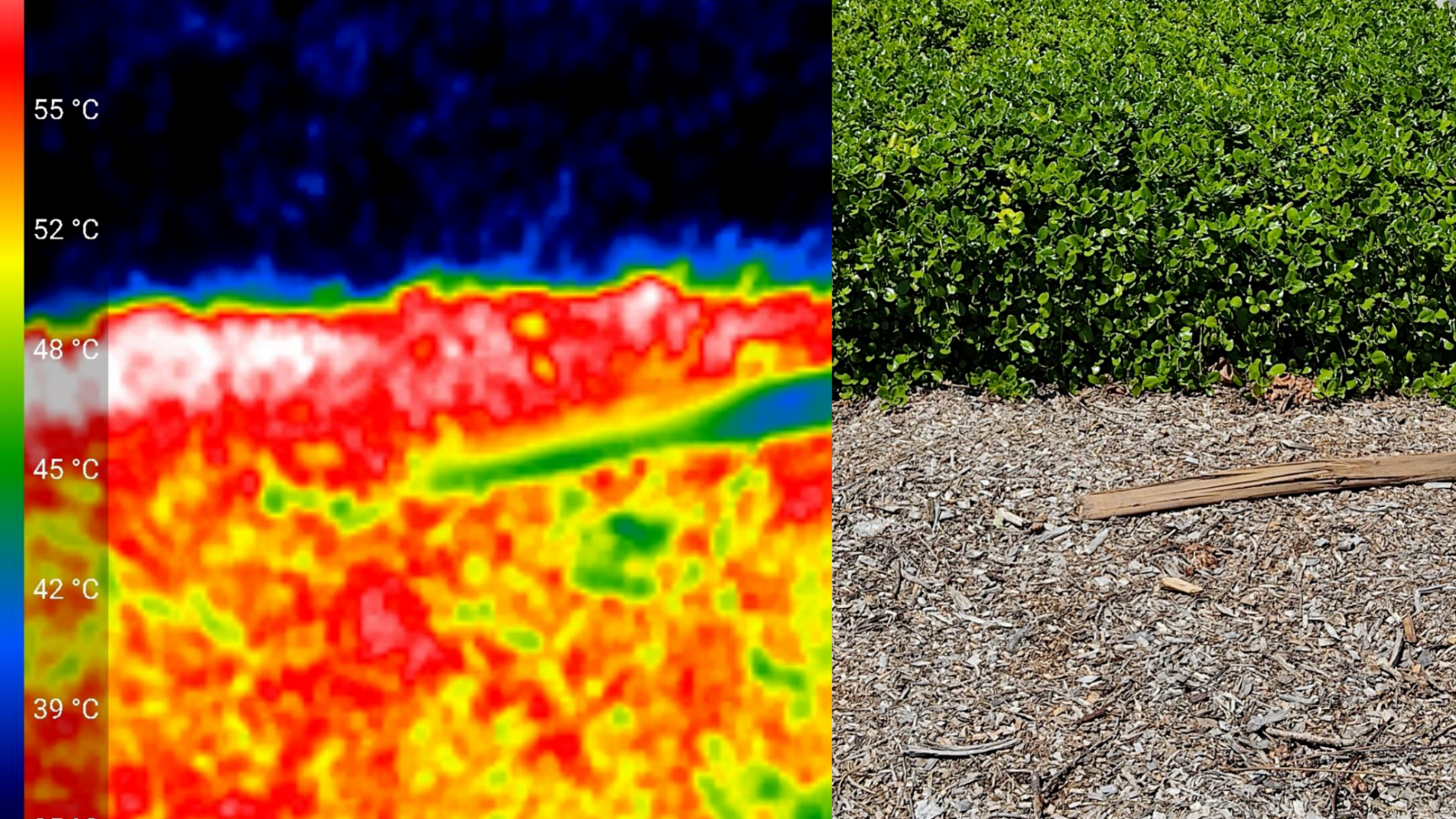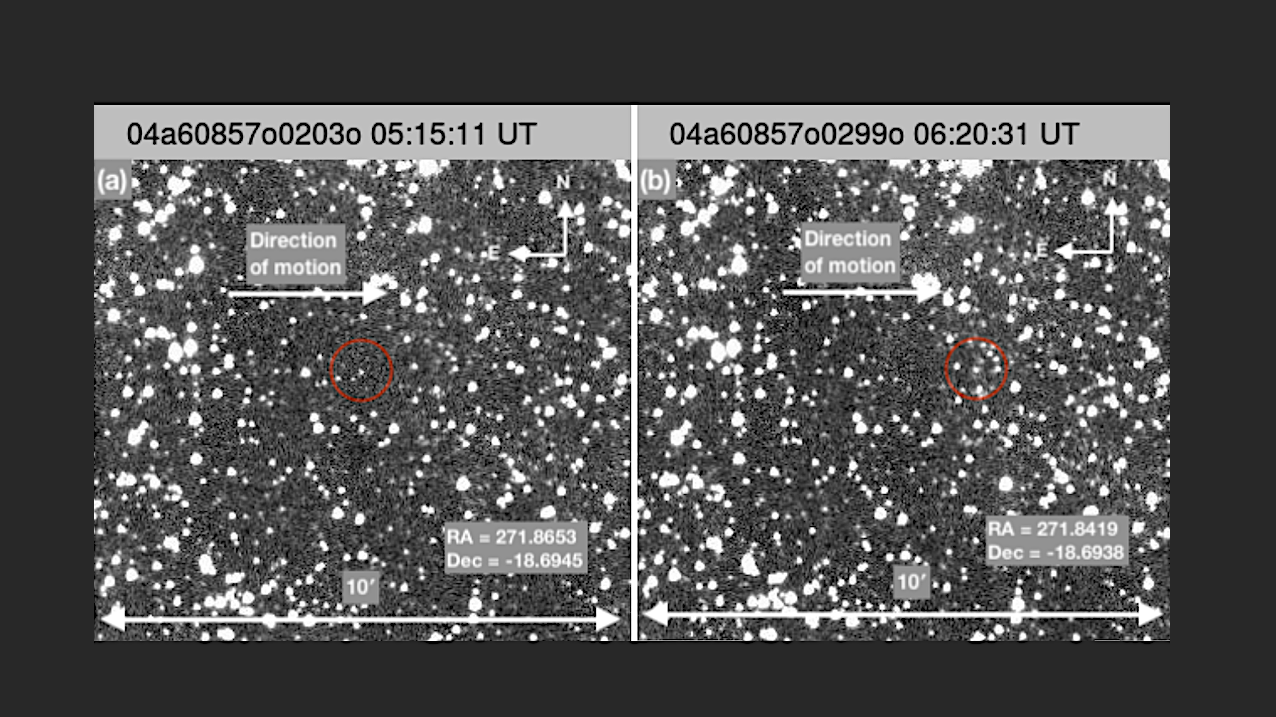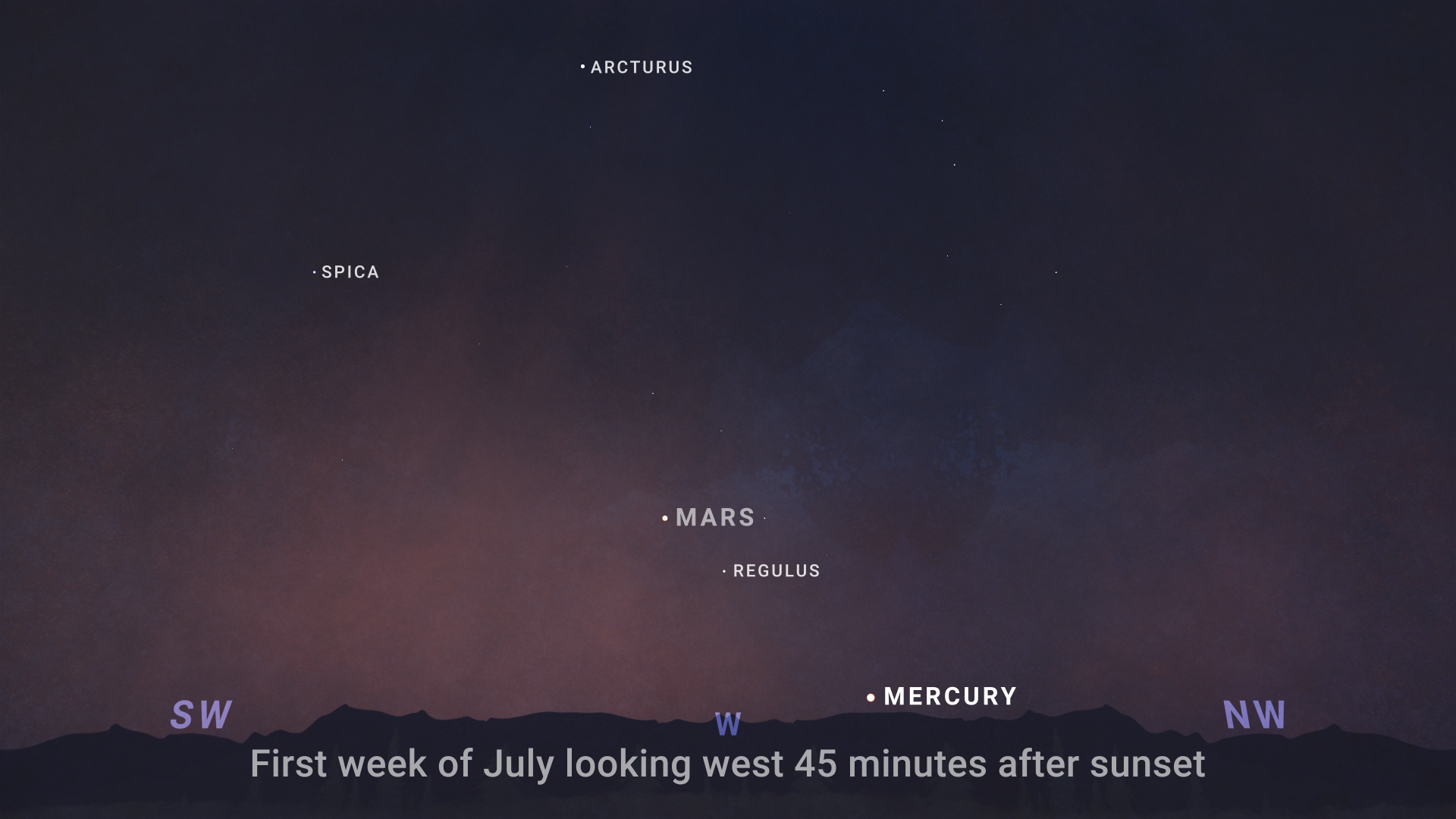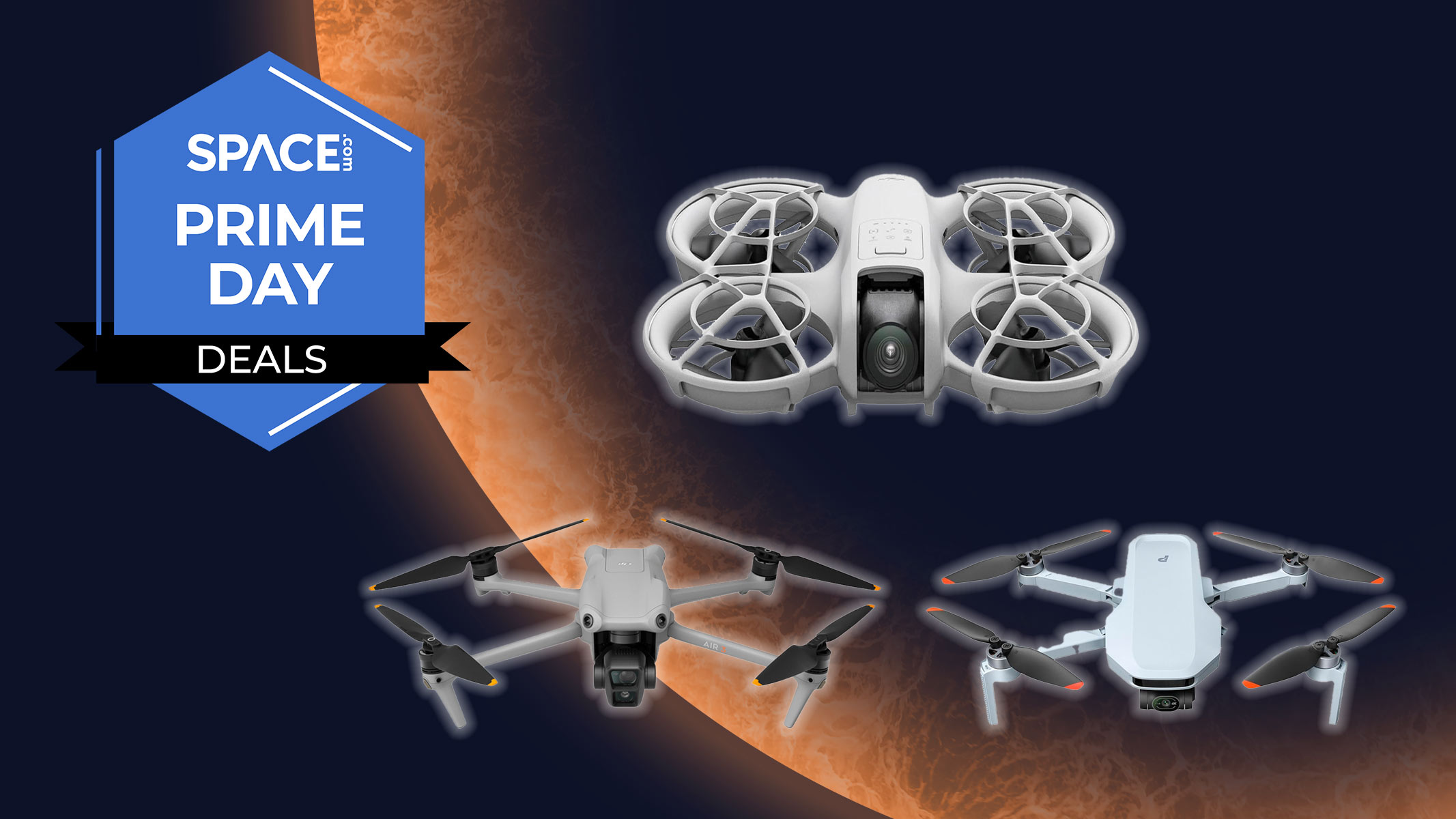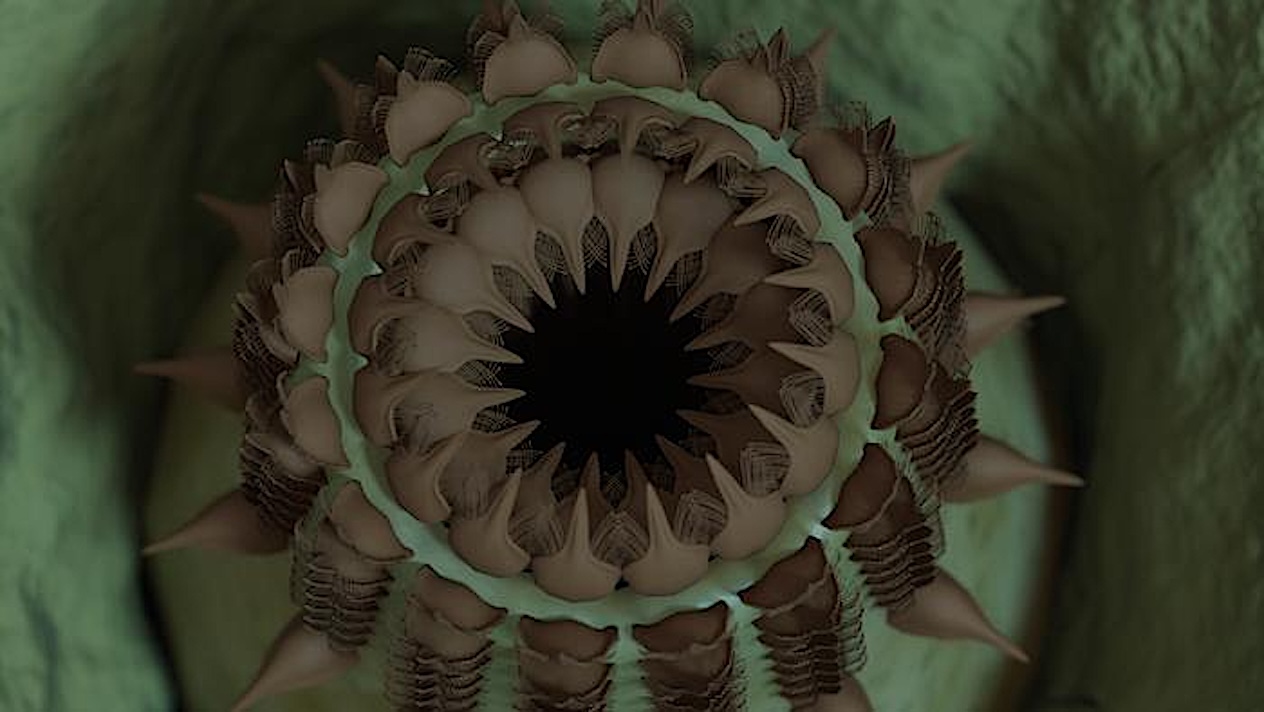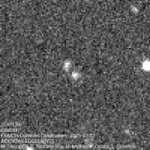This article was originally published at The Conversation. The publication contributed the article to Space.com’s Expert Voices: Op-Ed & Insights. Imagine a camera so powerful it can see light from
Hot Posts360- Page
The abstract in PubMed or at the publisher’s site is linked when available and will open in a new window. Barbero Barcenilla B, Rivero R, Lynch A, Cromer W, Gong
RGZ EMU user interface and its 3-step workflow setup. The first 2 steps (in blue color) of the workflow is compulsary, while the third (in green color) is optional. —
Cutout images from the first and fourth discovery observations of 3I/ATLAS from the ATLAS Chile, spanning approximately one hour. 3I/ATLAS is moving at 0.49 deg/day against the stellar background. The
Skywatching Skywatching Home What’s Up Meteor Showers Eclipses Daily Moon Guide More Tips & Guides Skywatching FAQ Night Sky Network A.M./P.M. Planet Watching, Plus the Eagle Constellation Mars shines in
High containment technology is being developed at Space Park Leicester, by the University of Leicester, to support the analysis of the first samples returned from Mars. The Mars Perseverance Rover
A lifelong baseball fan, Catherine Staggs set out with her family to visit all 30 Major League Baseball stadiums across the United States. That love of the game eventually led
Cuts to NASA’s budget proposed by President Donald Trump would likely cause further delays to Europe’s ExoMars rover mission, due to the fact that some critical technologies currently unavailable in
We’ve rounded up the best Amazon Prime Day drone deals this year as the retailer’s annual Summer sales event is a four-day event, for the first time ever. If drone
A new species of priapulids, also known as penis or cactus worms, which were widespread during the Cambrian but are nearly extinct today. The Grand Canyon priapulid had hundreds of
-
 012024 in Review: Highlights from NASA in Silicon Valley
012024 in Review: Highlights from NASA in Silicon Valley -
 02Panasonic Leica Summilux DG 15mm f/1.7 ASPH review
02Panasonic Leica Summilux DG 15mm f/1.7 ASPH review -
 03How New NASA, India Earth Satellite NISAR Will See Earth
03How New NASA, India Earth Satellite NISAR Will See Earth -
 04And Thus Begins A New Year For Life On Earth
04And Thus Begins A New Year For Life On Earth -
 05Astronomy Activation Ambassadors: A New Era
05Astronomy Activation Ambassadors: A New Era -
06SpaceX launch surge helps set new global launch record in 2024
-
 07Space Force plans new ‘Futures Command’ amid pressure to speed up modernization
07Space Force plans new ‘Futures Command’ amid pressure to speed up modernization


